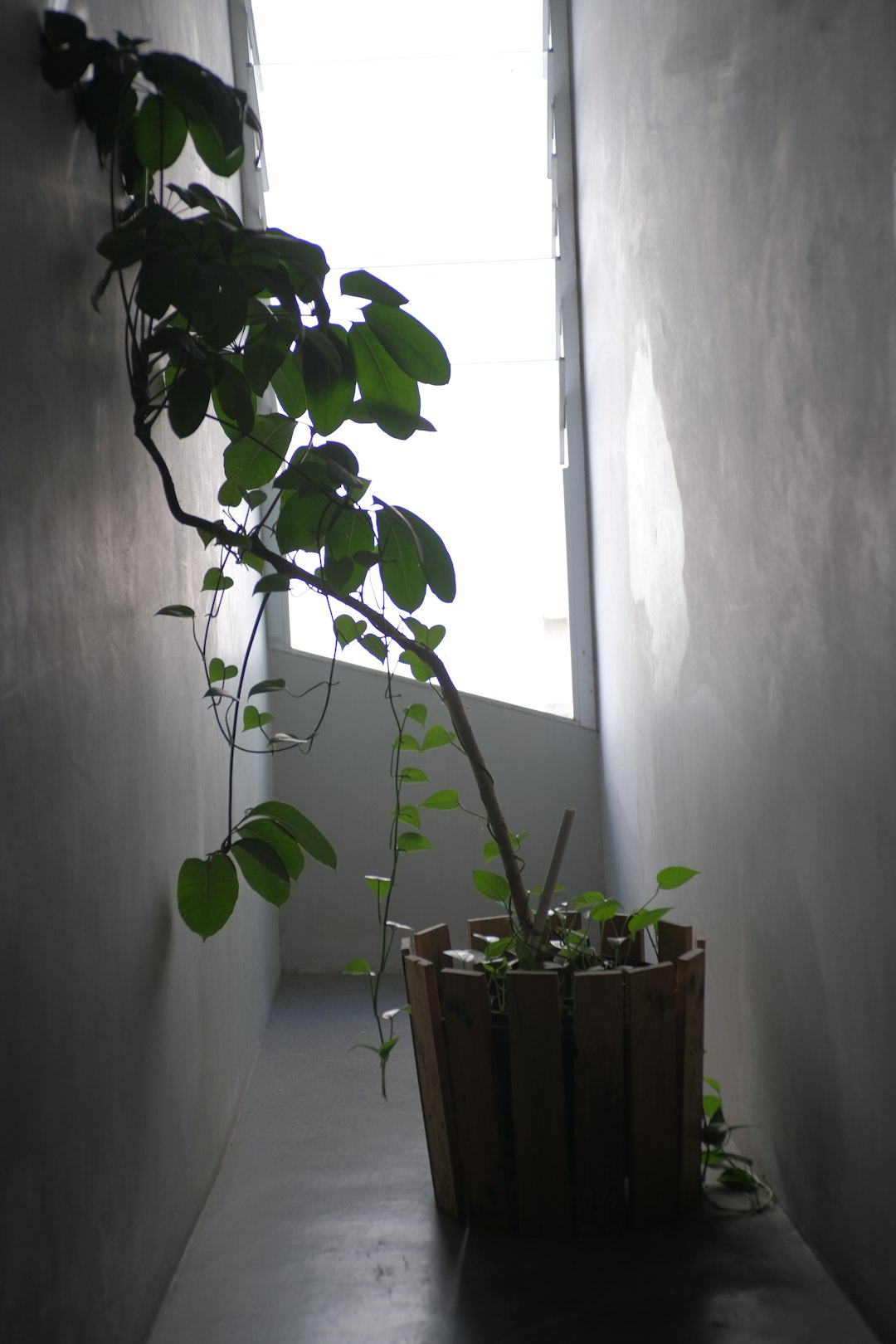Prolonging the Beauty of Fall Mums in Pots

Container gardening has become a popular choice for many gardening enthusiasts, especially when it comes to growing mums in pots. Mums, with their vibrant colors and charming blooms, are a staple of fall gardens. However, to keep these fall flowers going as long as possible, proper care is essential. Here are some valuable tips on how to care for mums in pots.
First and foremost, choosing the right pot is crucial. The pot should have adequate drainage holes to prevent waterlogging, which can lead to root rot. A pot that is too small may restrict the growth of the mum, while a pot that is too large can hold too much moisture. A good rule of thumb is to select a pot that is slightly larger than the root ball of the mum, providing enough room for growth.
Soil quality also plays a significant role in the health of mums in pots. Use a high - quality potting mix that is well - draining and rich in organic matter. This type of soil will provide the necessary nutrients and aeration for the mum's roots. You can also add some slow - release fertilizer to the potting mix at the time of planting to give the mum a good start.
Watering is another important aspect of caring for mums in pots. Mums need consistent moisture, but they do not like to sit in water. Check the soil regularly by sticking your finger about an inch into the soil. If it feels dry, it's time to water. Water the mum thoroughly until water runs out of the drainage holes. During hot and dry weather, you may need to water more frequently, while in cooler and wetter conditions, you can reduce the watering frequency.
Sunlight is vital for the growth and blooming of mums. Place your potted mums in a location that receives at least six hours of sunlight per day. However, in extremely hot climates, some afternoon shade may be beneficial to prevent the flowers from wilting. If you notice that the mum is not getting enough sunlight, it may become leggy and produce fewer blooms.
Deadheading is a simple yet effective technique to keep your mums blooming longer. As the flowers start to fade, use a pair of sharp pruning shears to remove the spent blooms. This will encourage the mum to produce new flowers and extend the blooming period. You can also pinch back the tips of the stems in the early stages of growth to promote bushier growth.
Fertilizing is necessary to keep the mums healthy and blooming. Use a balanced liquid fertilizer every two to three weeks during the growing season. Follow the instructions on the fertilizer package for the correct dosage. Over - fertilizing can lead to excessive foliage growth at the expense of flower production, so it's important to use the right amount.
Pest and disease control is also important for potted mums. Keep an eye out for common pests such as aphids, spider mites, and whiteflies. You can use insecticidal soap or neem oil to control these pests. For diseases like powdery mildew, make sure there is good air circulation around the mum and avoid overhead watering. If a disease does occur, treat it promptly with an appropriate fungicide.
As the weather starts to turn cold, you can take steps to protect your potted mums. If you live in an area with mild winters, you can leave the mums outside and cover them with a layer of mulch to insulate the roots. In colder climates, you may need to bring the potted mums indoors and place them in a cool, dark location. Water them sparingly during the winter months.
In conclusion, with the right care, you can enjoy the beauty of mums in pots for an extended period. By following these tips on pot selection, soil quality, watering, sunlight, deadheading, fertilizing, pest and disease control, and winter protection, you can keep your fall flowers going as long as possible and add a touch of color to your container garden throughout the season.